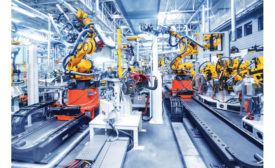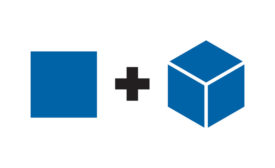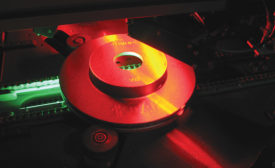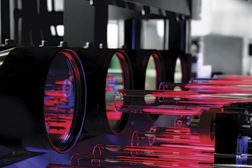Home » Keywords: » pattern matching
Items Tagged with 'pattern matching'
ARTICLES
Flaw Detection Tutorial: Quantifying and Qualifying Flaws
Setting up flaw detection is not without its challenges.
November 5, 2015
Turnkey Systems
Set Your Limits
Fine tune machine vision limits for optimal product Quality and yield
July 2, 2014
Stay in the know with Quality’s comprehensive coverage of
the manufacturing and metrology industries.
eNewsletter | Website | eMagazine
JOIN TODAY!Copyright ©2024. All Rights Reserved BNP Media.
Design, CMS, Hosting & Web Development :: ePublishing



